WINETALK by Frank J. Prial on December 31, 2003 for the New York Times
The year ending tonight was a good one for wine in America, and not just for the vintage, which, it so happens, wasn’t bad. We will have drunk some
264 million cases of wine by midnight, about 14 million cases more than in 2002.
Early this year, a lot of the surge had to do with price cutting brought on by the economic downturn. But by the end of the year, reluctant imbibers were returning to the wine shops, and prices began to creep up.
A good number of those 14 million cases were Tw0-Buck Chuck, which represents one of the more startling wine success stories ever. Actually, the wine goes by the name Charles F. Shaw. Two Buck Chuck is a nickname reflecting the label and the wine’s $2 price.
The wine is sold only in Trader Joe’s food stores, most of which are in California. In fact, outside California, the wine costs $3.

Perhaps the best American rieslings come from the Finger Lakes region in New York, especially from the Hermann J. Wiemer Vineyard on Seneca Lake. Mr. Wiemer, who grew up in Bernkastel, has made riesling New York's signature wine
Two-Buck Chuck is produced by Bronco Wine of Ceres, Calif. (A winery called Charles F. Shaw used to exist in the Napa Valley. It shut down a dozen or so years ago, and Bronco bought the name.) It is a phenomenon of the current California wine market, which is laboring to rid itself of an ocean of surplus wine brought on by the economic slump and by overplanting in the 1990’s. Chuck appeared in 2002 and jumped to the East Coast earlier this year.
More than just being inexpensive, it gave con sumers a chance to express their irritation at the continual rise in wine prices. Someone described it as a reverse cult wine, with people who ordinar ily spend $20 or more for a bottle of wine buying 5,10 or more cases of Two-Buck Chuck at a time. Along with the Australian line Yellow Tail, which ranges from $4.50 to $6 and is now the largest selling import in the United States, Two-Buck Chuck showed that there is a considerable market for drinkable, very inexpensive wine. This was the year when cheap became chic in the wine world.
This was the year, too, when screw tops became more than a curiosity on wine bottles. Half a dozen New Zealand wineries are now using screw tops, and several California wineries, including Murphy-Goode in Sonoma, are putting them on some wines. Bonny Doon Vineyard near Santa Cruz, which started using them for part of its production several years ago, announced early this year that it would use them for all its wines, including Le Cigare Volant, one of its top labels.
Screw tops were once confined to inexpensive fortified and jug wines. Constant problems with corks have driven producers of fine wines to experiment with various stoppering devices. More and more are adopting the screw top.
This was not a memorable year for wine books. I sort of liked “Out of It: A Cultural History of Intoxication,” by Stuart Walton (Three Rivers Press), and Leslie Sbrocco’s “Wine for Women” (Morrow Cookbooks).
I still get occasional letters charging that, in recommending one wine or another, I am doing the Devil’s work. In fact, anyone who writes about recreational drinking knows full well that the folly of overindulgence and the horrors of addiction are the other side of the coin. So I was intrigued by Mr. Walton’s assertion that intoxication has always been with us and always will be — if not from wine, spirits and tobacco, then from the vast cornucopia of drugs available, and even from old friends like caffeine.
Mr. Walton is British, and I found his for eigner’s take on the Volstead Act and its after math highly entertaining. But I could not buy his ultimate and rather arch conclusion that intoxica tion is fundamentally harmless, often beneficial, and as such should be free of any legal or moral restraint. His orotund prose can be a bit wearing, too.
Ms. Sbrocco has produced a lighthearted how-to wine book that runs through the same basics as a hundred other books before it, but with an easier touch and the addition of tips on buying and serving that the author asserts might be par ticularly useful to a woman. Knowing many women who make wine, sell wine, promote wine and teach and (like Ms. Sbrocco) write about it, I got the feeling that singling them out for their very own wine book might be about 30 years late.
Of course, there are always more women coming along, and some might prefer their wine knowledge to be gender-specific. They might be more comfortable with a text that, for example, likens the effect ‘0f acid onwine t0 a push-up bra. It lifts, Ms. Sbrocco writes, and separates.
Could this signal a trend? Why not “Wine for Male Dummies” and “Wine for Female Dummies”?
As for wine itself, this was the year when ries ling finally began to make an impact on the American market. Not too long ago, famous pro ducers along the Rhine and the Mosel in Germany were pulling out vines because no one was buying their wines. In a happy turn, that trend has been reversed, at least in part as a result of the American reaction to the overblown, high alcohol, woody whites that have dominated the country’s market for so long.
Riesling is an infinitely subtle wine that dis plays its charms reluctantly. At its best, it is a long-lived wine that takes time to come around. Cheap riesling can be drunk when very young, but wines from great producers like Ernst Loosen in Bernkastel and Ruiner Lingenfelder in the Pfalz, both in Germany, and Laurence Faller at the Domaine Weinbach in Alsace make rieslings that often need three or four years of bottle age to reach their best.
Perhaps the best American rieslings come from the Finger Lakes region in New York, especially from the Hermann J. Wiemer Vineyard on Seneca Lake. Mr. Wiemer, who grew up in Bernkastel, has made riesling New York’s signature wine.
If Americans are developing a taste for good riesling, it means their taste is improving. That’s a good thing, and not just for 2003.

